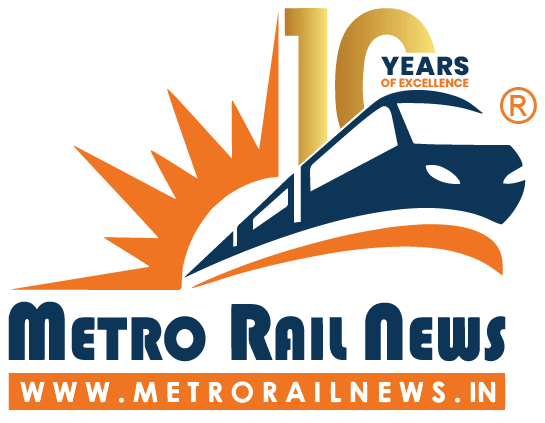While India has one of the largest rail networks in the world, as of 2014 it does not have any kilometers classed as high-speed rail (HSR), which allowing an operational speed of 200 km/h or more. Compared to China, which has a 7% more population, has 19,369 km in operation and 17,078 km under construction. The current fastest train in India is the Bhopal Shatabdi that runs with a top speed of 150 km/h.
Prior to the 2014 general election, the two major national parties (BJP and INC) both pledged to introduce high-speed rail. The INC pledged to connect all of India’s million-plus cities by high-speed rail, whereas BJP, which won the election, promised to build the Diamond Quadrilateral project, which would connect via high-speed rail the cities of Chennai, Delhi, Kolkata, and Mumbai. The project was confirmed as a project of priority for the new government in the President’s speech.
Currently there are no semi high speed rail routes in India. A trial run has been successfully completed on Delhi – Agra section and plans are to start these trains on Delhi – Bhopal / Chandigarh / Kanpur / Lucknow sections after starting on Delhi – Agra section. The Delhi – Agra semi high speed train is expected to start in November 2014. Mumbai Rajdhani Express will be upgraded to 200 kmph. This will reduce 8 hours of traveling time. Railway Minister Mr. Sadanand Gauda mentioned in his Rail budget 2014 speech that the railways are going to start high speed trains at 160-200 kmph on 9 routes.
| Semi High-Speed Corridor | Speed | Track gauge | Distance (km) | Time reduced | Operations per day | Start Operations | Status |
| Delhi – Agra | 160 kmph | Broad Gauge | 195 | 30 min | November 2014 | Successful trial run in July 2014. This service may start operations from November 2014. | |
| Chennai –Hyderabad | 160 kmph | Broad Gauge | 915 | Approved in 2014 Railway Budget | |||
| Delhi – Chandigarh | 160 kmph | Broad Gauge | 244 | Approved in 2014 Railway Budget | |||
| Delhi – Kanpur | 160 kmph | Broad Gauge | 441 | Approved in 2014 Railway Budget | |||
| Mumbai –Ahmedabad | 160 kmph | Broad Gauge | 493 | Approved in 2014 Railway Budget | |||
| Mumbai – Goa | 160 kmph | Broad Gauge | 1230 | Approved in 2014 Railway Budget | |||
| Mysore – Bangalore– Chennai | 160 kmph | Broad Gauge | 495 | Approved in 2014 Railway Budget | |||
| Nagpur –Raipur –Bilaspur | 160 kmph | Broad Gauge | 413 | Approved in 2014 Railway Budget | |||
| Nagpur –Secunderabad | 160 kmph | Broad Gauge | 575 | Approved in 2014 Railway Budget |
High Speed Rail Projects
In India, trains in the future with top speeds of 300–350 km/h, are envisaged to run on elevated corridors to isolate high-speed train tracks and thereby prevent trespassing by animals and people.
The current conventional lines between Amritsar-New Delhi, and Ahmedabad-Mumbai runs through suburban and rural areas, which are flat and have no tunnels. Ahmedabad-Mumbai line runs near the coast therefore have more bridges, and parts of it are in backwaters or forest. The 1987 RDSO/JICA feasibility study found the Mumbai-Ahmedabad line as most promising.
Maharashtra state government has proposed a link between Mumbai and Nagpur. The government also wants a corridor to connect toNavi Mumbai International Airport.



